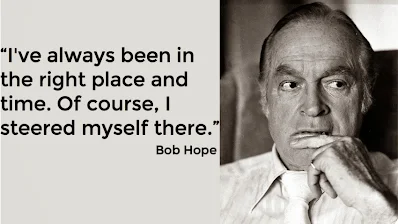Business Leaders Did you and your business Pivot, Furlough, Hibernate of Fold during Covid-19?
Everything is easy in hindsight.
- Except that in 1939 after the collapse of France that was not the perception.
- The rescue of The British Army of the beaches of Dunkirk that was not the perception.
- At the beginning of the Battle of Britain that was not the perception.
History is only in Hindsight
History of anything only tells you want happened from the view point of hindsight, that 20 / 20 vision in which all things are clear, simple and obvious. For those who lived through those difficult times would have seen the debate first hand things would have looked very different. Requiring difficult decisions against conflicting advice to be made with uncertain outcomes from each step they took. When things are tough its easy for leaders to say dig-in, but the real challenge for all leaders is not just when its tough, but when we are in the unknown and it's tough. That's when leaders will show their true colours in leadership.
The Covid19 era, March to July 2020 is one of those occasions. In January and February we saw a disease far away causing small problems. Like a huge wave approaching a calm beach, we stand and look not realising its impact upon us until it is too late.
Shock and Horror
When it hit us in the west at first we stood in disbelief, a pandemic had arrived. Some seemed oblivious to it. The daily commute did not change, the polite conversations were around isn't a shame. Then came the realisation phase that a pandemic was like the black death or the Spanish Flu (which was not Spanish at all, just before anyone things it was, it came from the USA). Having seen the initial impact of Covid19, overwhelm northern Italy then came the sobering understanding that this was now everywhere and we all had to change our behaviours.
Leaders look for Certainty
For business leaders this pandemic has (and is) outside the playbook. There is no this is how we deal with this one, turn to page 101. The response of business leaders has been a real eye-opener for us all, and if you worked in a company how your company reacted tells you a lot more than you might expect about the leadership within your company.
Leaders Speed in Response
Many will have to wait until their market re-opens for they can be brought back and their leadership teams are left modelling how do we re-emerge and what world are we likely to re-emerge into? The new normal, won't be normal, instead we are most likely to see paradigm shift has occurred in every market. As Barclays and Twitter have already identified, why do we need offices if our people can work better at home? Technology, lifestyle and the customer prefers our people to work from home, so why not change the success we are now finding.
This is just the tip of the iceberg, who is going to want to spend money on locked-in white elephant buildings, when they have learnt how to work remotely, butting the 2 to 3 hours commuting to zero. Why go back if you don't need to. The agile and flexible business models are where people want to be. Technology has made the shift happen and while people want to be part of a physical team they will not be doing that 5 days a week.
Opportunity is there if you look for it.
The people who looked and worked out how to survive in the short term also have the first mover advantage in developing their model for the future. If you can be agile then you can adapt quicker. Huge potential markets for loungewear have opened up. The home group exercise market (think Joe Wicks and Davina McCall), and the clothing, and paraphernalia around these areas are seeing huge growth.
Change has happened, it was not just a short nightmare
As individuals, families, communities and businesses all adapt to what some have called the new normal, or bounced back as their channels to market have reopened, the requirement for leaders is not to just go back to what's there before. The world has changed for good. It will not be life as before it will all be new. It might look the same and even feel the same (with facemarks), but this pandemic has accelerated, magnified and accelerated changes that were happening.Covid has (and is) a step change Prepare for it.
Learn more at www.richardgourlay.com and learn how Richard Gourlay supports leaders grow and develop their skills though his online mentoring support.


















